Not sure if you’ve noticed, but we live in a fantastic city. Ours is a land of transplants from all corners of the world; they've migrated here because there's just something special about it. Loads of these non-salty-natives are bringing something spectacular to the table--architecture, green living, kick-ass cocktail recipes [we're talking to you, Darby Doyle], a booming foodie scene, the fight for equal rights on the steps of the Capitol. We feature the do-gooders of our metropolis on the pages of our blog and website. We sing praise where praise is due.
This is our invitation. Get. In. There.
Dr. Hamid Adib is one such fantastic transplant. He's a man to be respected and admired, and his philanthropy makes us well up with pride for the human race. He also happens to own the Villa Theatre, a once semi-decrepit movie theatre on Highland Drive turned spec-TAC-ular rug gallery. You’ve probably driven by the landmark sign, but you probably haven’t been inside. This is our invitation. Get. In. There.
The Building: The Villa Theatre was built in the 40s and was once considered one of the top three theaters in the nation [!]. With a capacity for around 1500 people, it ran as a theater until it was abandoned after bankruptcy about ten years ago [the last movie played there? The very first Lord of the Rings film]. Everybody wanted the theater, but--sadly and not so surprisingly--not for its historical or sentimental value. It just happened to come with 3.5 acres of primo parking lot land [think 'big box' bummer]. Major construction companies and corporate carnivores vied for it, obviously, but there were a few brave Salt Lake citizens that stood for the protection of the site. Picketers marched and chanted, and our structural allies at the Utah Heritage Foundation stepped in. And then Dr. Hamid Adib’s seven year old son asked his dad one day, "Why don’t you buy the theater?” Sure, it was laughed off at first, but then he actually considered it. He tossed his hat into the proverbial ring, and was affectionately deemed “Crazy Rug Guy”. A lengthy and expensive restoration process began as soon as Dr. Adib received word that he had, indeed, become the new owner of The Villa. A huge win, no doubt, but the building was an absolute mess. Case in point: there were holes in the ceiling so big, you could see the sky from inside. It took two years to restore, with 50 to 60 workers on site, everyday. Would it have been cheaper to tear down and build a new one? Without question. But that wasn’t the point. In Dr. Adib's line of work, history and heritage mean everything. He is an artist, and as an artist, you have to be a little crazy. You've got to take some risks.
Adib is arguably the country’s foremost expert on antique rugs.
The Man: Dr. Adib and his brother, Ray, were brought up in a family of traditional rug manufacturers, both trained in the ancient art of rug weaving and repairing. As teens, they decided to take a hiatus from the longstanding family business, and they moved from Iran to Northern California to attend school. Adib studied at U. C. Berkely, and later taught in the mechanical engineering and mining colleges at the University of Utah while getting his doctorate degree [seriously…the guy is brilliant]. As we know it so often goes, Adib fell in love with Salt Lake City immediately. [We asked him specifically what it was...he reminisced that it reminded him of his native Tehran, what with the mountains, skiing, and a salt lake, but without the traffic and pollution]. After college, both brothers returned to the family business full-time. Ray set up shop in Walnut Creek, California and has run the store there successfully for over four decades now. Adib is arguably the country’s foremost expert on antique rugs...and Adib's Rug Gallery is a world-renowned company in a converted theatre.
Honestly, folks. This is one of our city's best.
The Rugs: Adib’s Rug Gallery is a business. But it is also a gallery and a museum, historical and beautiful. The Villa, having been restored to historical accuracy, now houses the most expansive and gorgeous collection of handwoven rugs you've ever laid eyes on. They have rugs ranging from one to 1,000 square feet, some traditional, some modern, some hundreds of years old. According to Dr. Adib, a hand woven rug is not just a floor covering. In fact, they're currently made in fewer than 10 countries in the world, and many of the families and tribes have been working with the Adibs for generations. Deals are made on a word and a handshake, and these rugs are their greatest source of pride. The creation of a single rug may involve 20 to 30 families. The weavers, dyers, tool makers, and sheep farmers are all experts in their field, the skills having been handed down through generations for thousands of years. Upon completion of a rug, there may be a ceremony in which it is passed from one family to the next. As they see it, each piece carries with it prosperity, happiness, good luck. These rugs mean something.
The Philosophy: In Farsi, Adib means “scholar” or “teacher”--a title we unanimously concur with in this case. Dr. Hamid Adib is an engineer by education, but he has also worked as a research scientist and independant contractor for the Department of Defense. He and a partner--a research scientist for Stanford--have a cancer research company, and Dr. Adib travels the globe helping children with EB [a terrible and painful skin disease]. What's more, this fantastic person is on the board of the Utah Film Center, he saves historic theatres, and he engages curious cityhomeCOLLECTIVE minds for hours on end. Honestly, folks. This is one of our city's best.
Adib's Rug Gallery | 3092 S Highland Drive | 888.484.66364


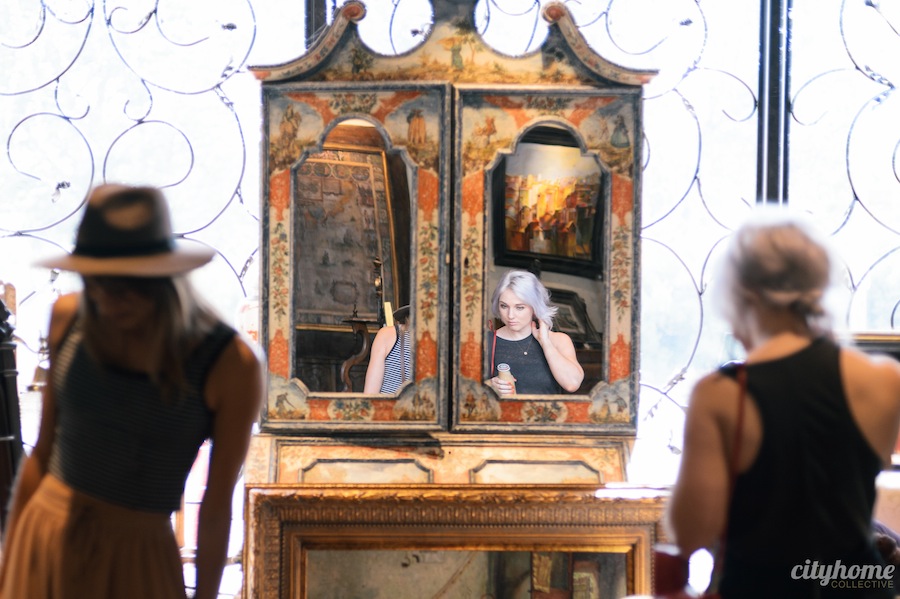
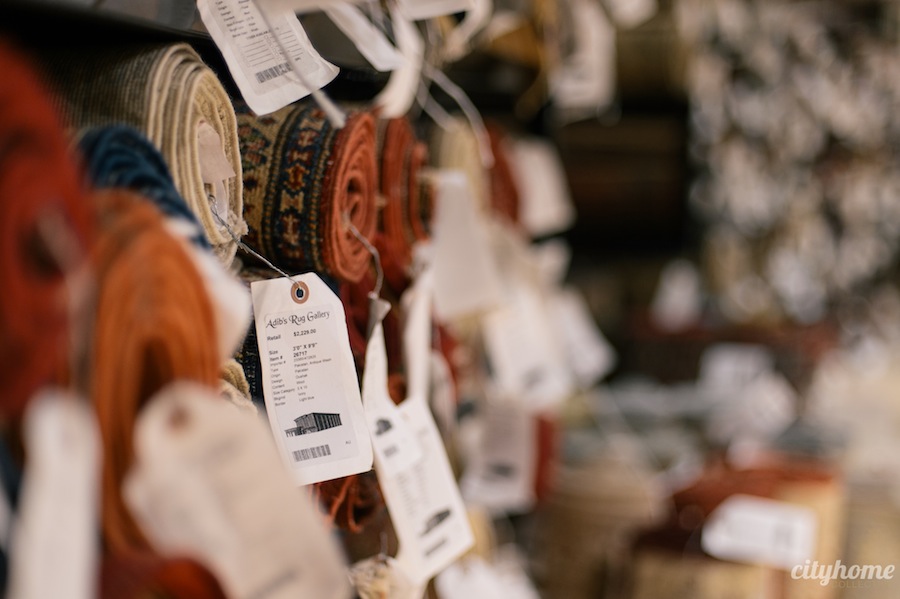
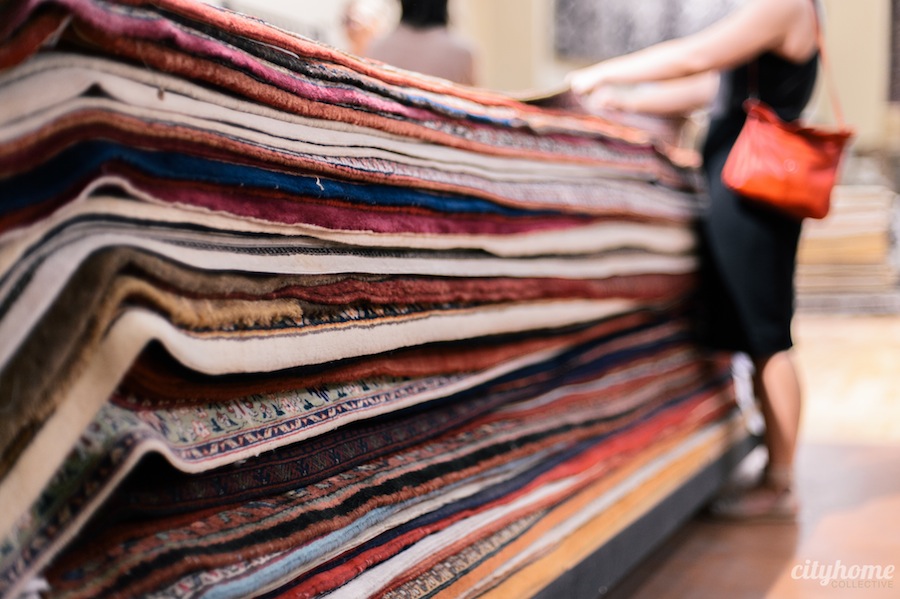
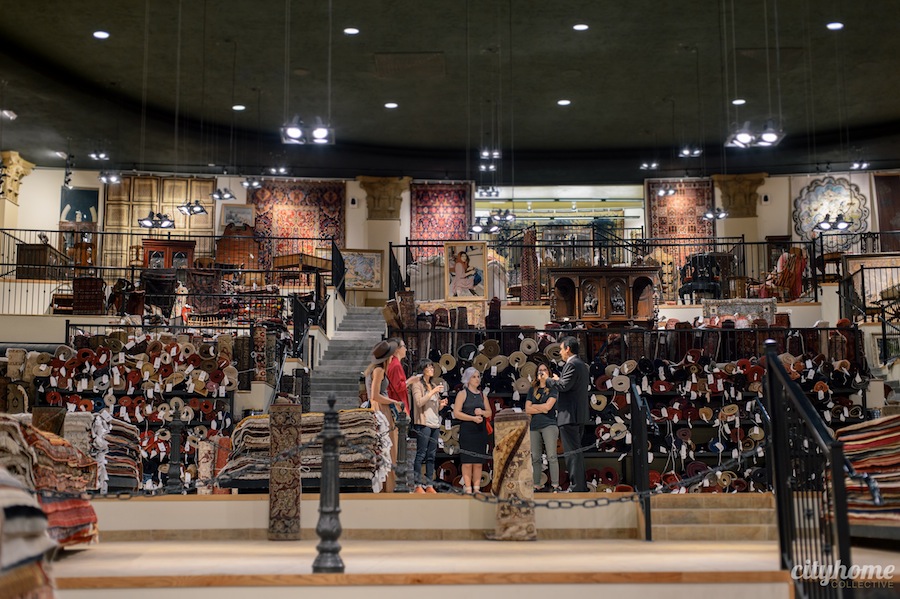
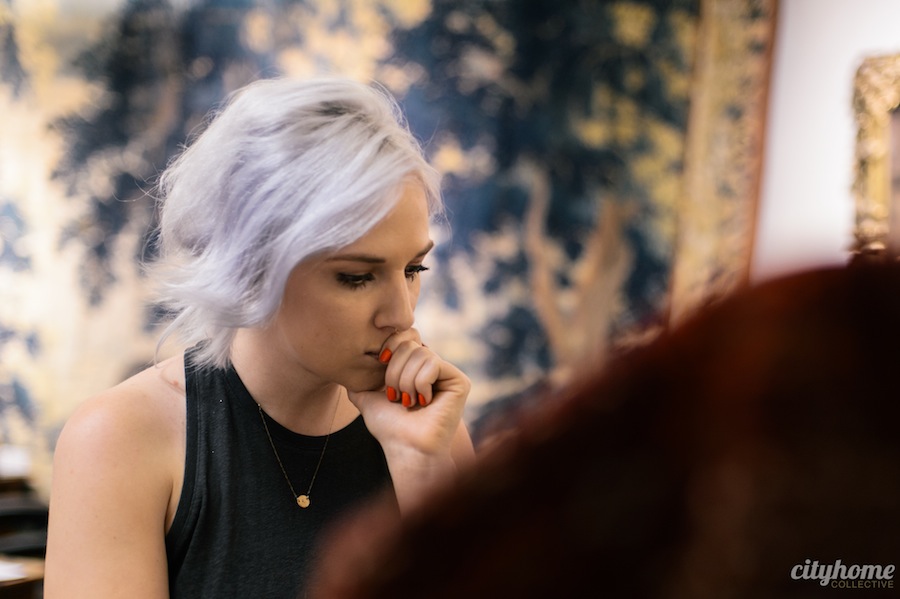
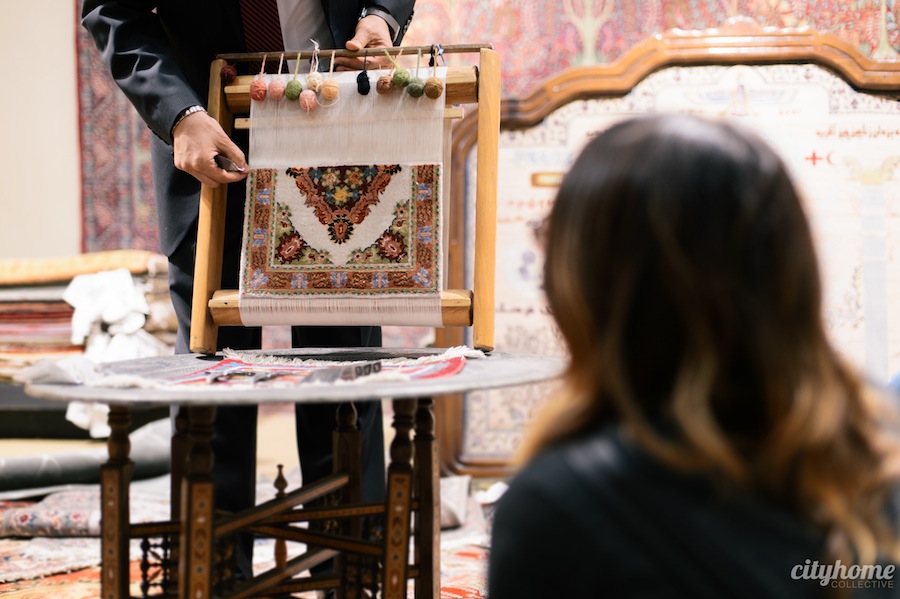
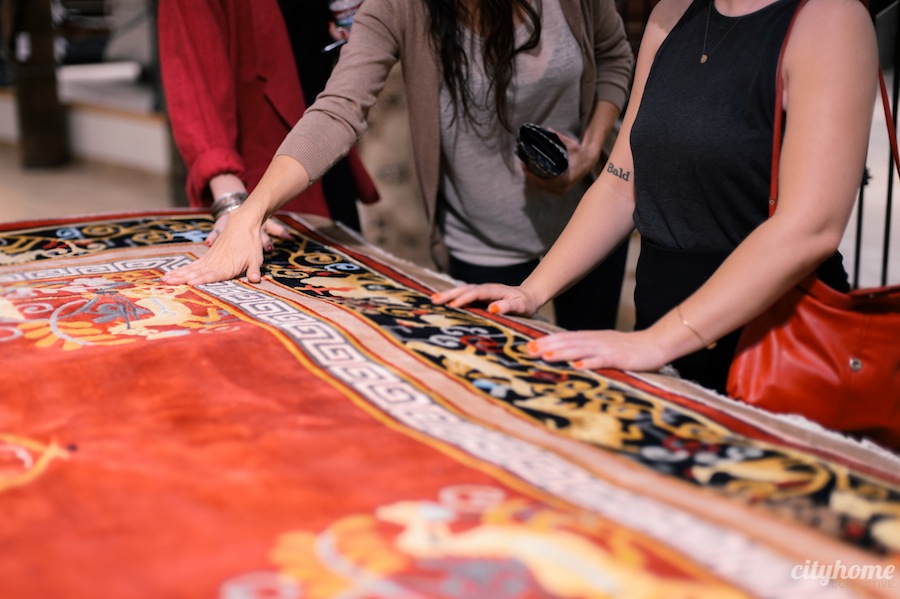
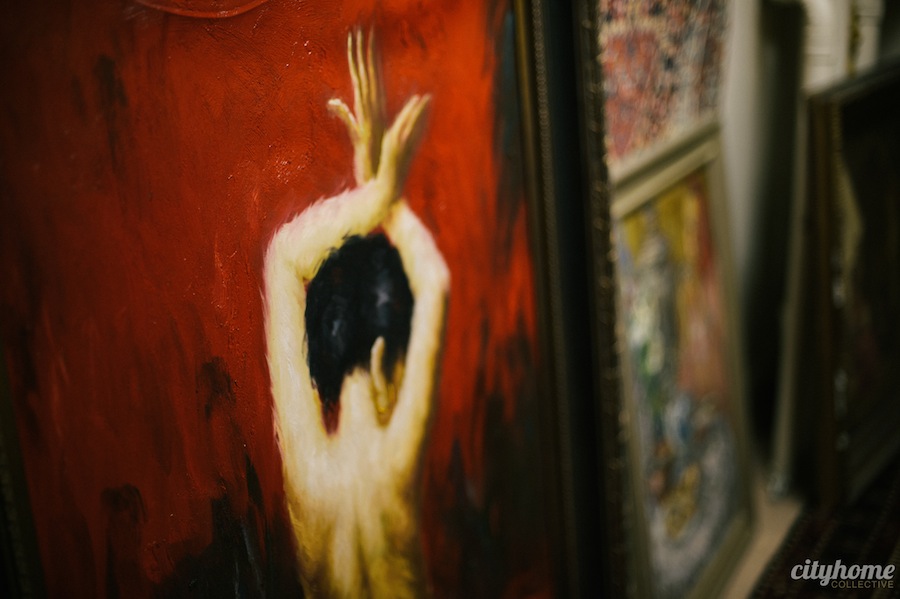
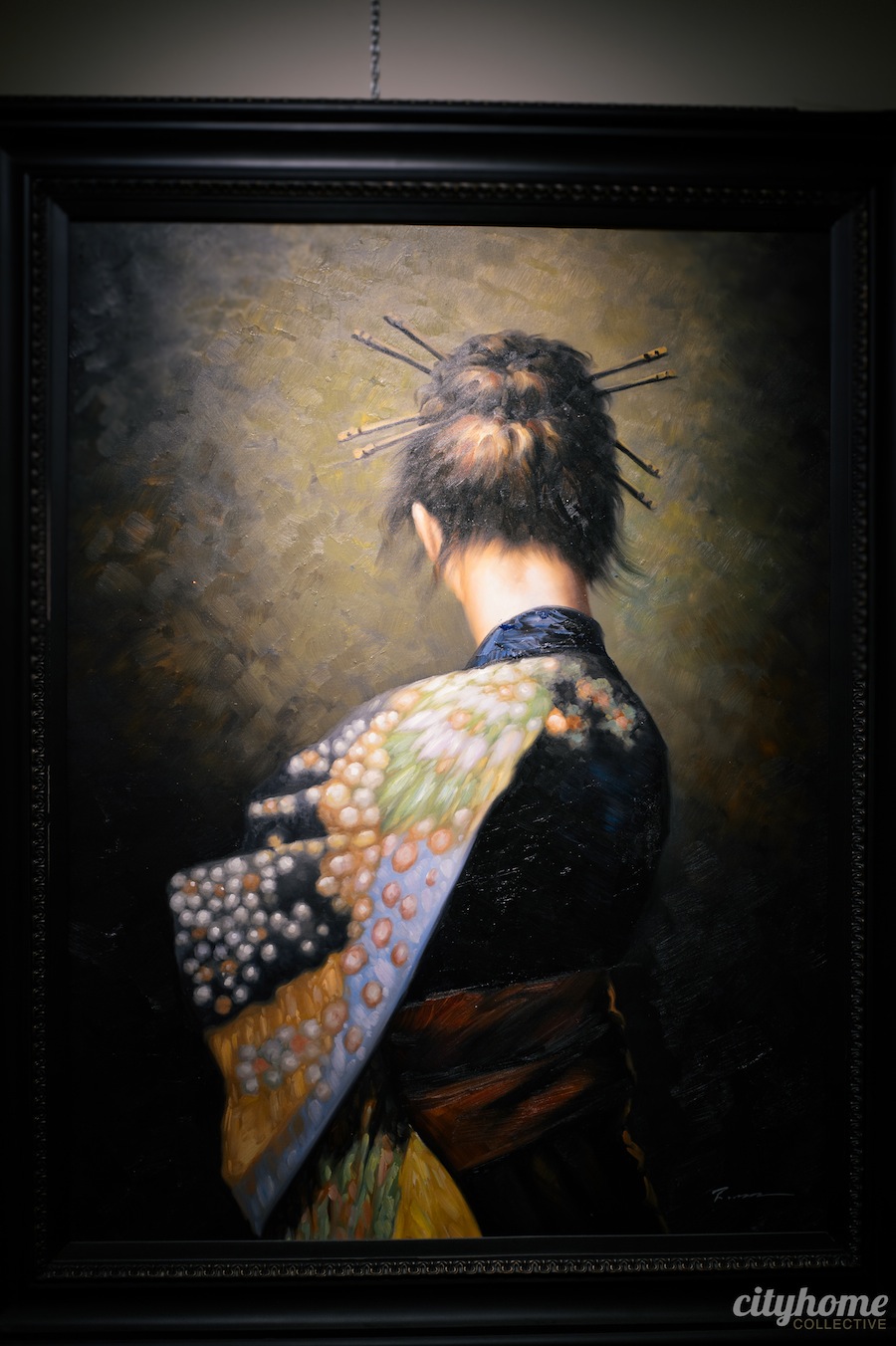
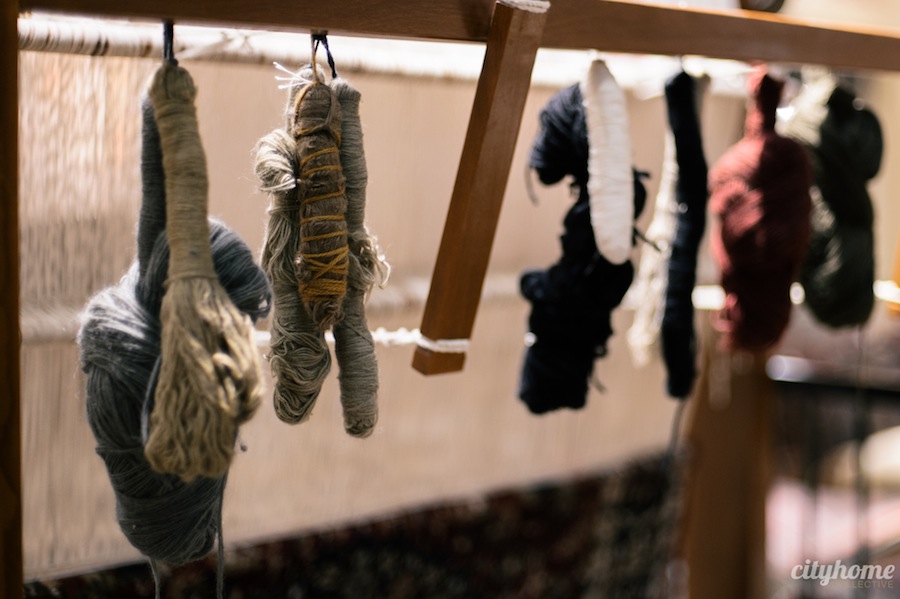
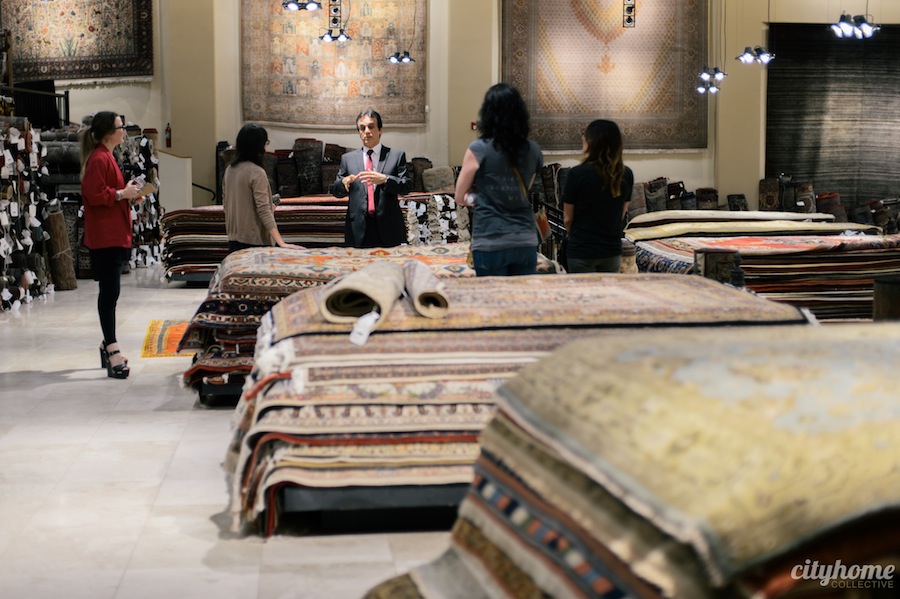
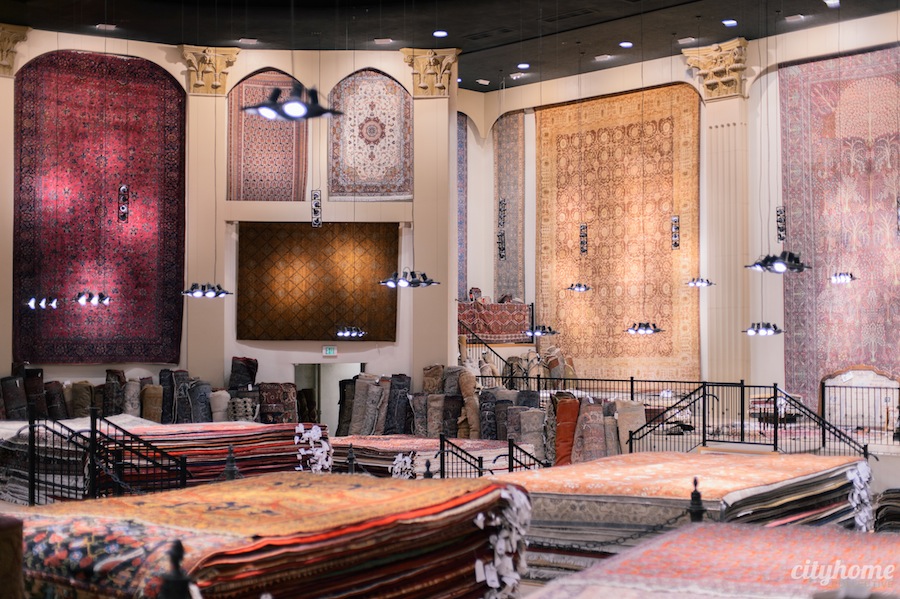





.jpg)
